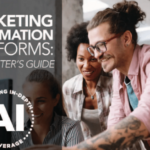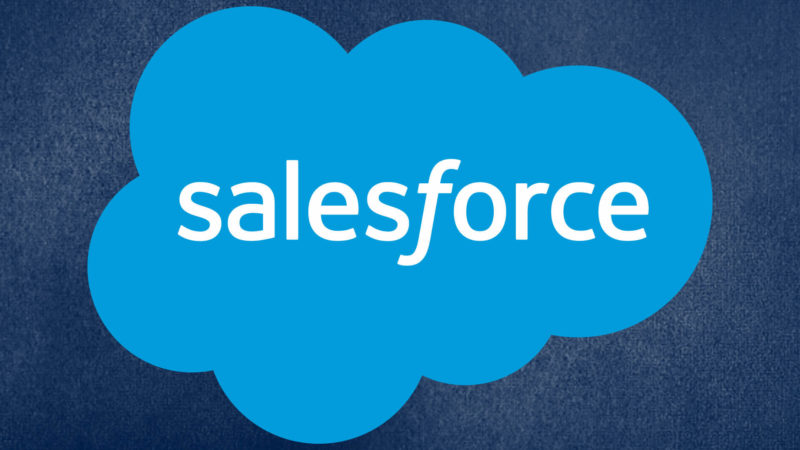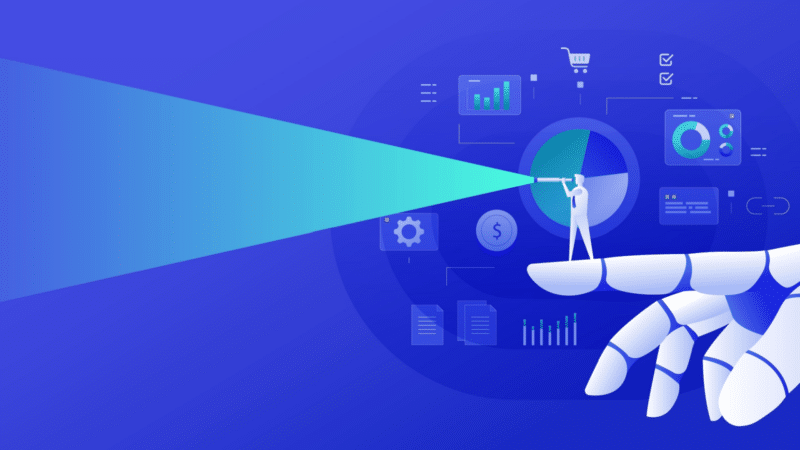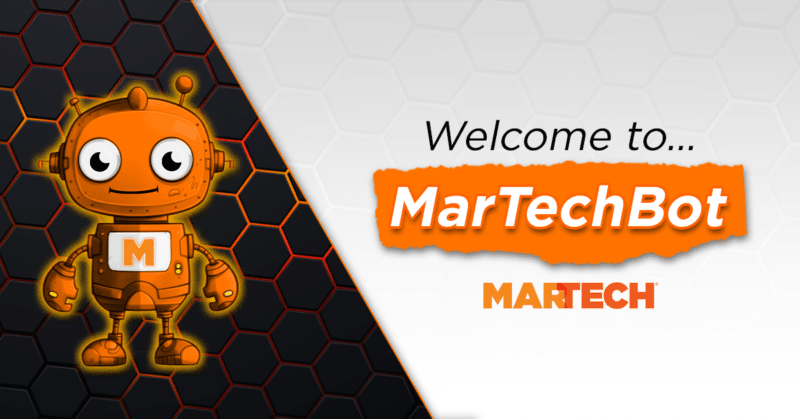
Artificial intelligence (AI) adoption can transform businesses through efficiencies, enhanced decision-making and even new revenue streams. However, successful AI integration requires more than just buying the latest tools. It’s about assessing whether your business is prepared to transparently support, implement and sustain AI initiatives. This readiness checklist will guide you through the crucial areas to evaluate — ensuring your AI journey begins on solid ground.
1. Assessing leadership commitment
The success of any AI project starts with executive buy-in and accountability. Ensuring leadership is supportive and strategically involved is central to passing a readiness assessment for AI integration. AI requires resources and a shift in the organization’s strategic focus. Without leadership commitment, AI initiatives may stall or lose momentum. Assessing leadership commitment goes beyond simply agreeing to a project; it involves actively defining AI’s role in the company’s long-term strategy.
Start by engaging your leadership team in discussions around AI’s potential impact on your business. Are leaders clear on how AI can help achieve key objectives? Do they understand the investments required for the initial setup and ongoing maintenance?
If the executive team is only partially supportive or ambivalent, it’s likely that resources will be insufficient or that projects may lose focus over time. A robust AI readiness assessment can help identify these gaps in commitment.
- Are leaders openly supportive of AI adoption?
- Is AI included in the company’s long-term strategy?
- Are executives willing to allocate necessary resources?
Tactical tip: Conduct a leadership survey or hold focused meetings to ensure alignment. Getting buy-in at the C-suite and executive level may involve presenting case studies of competitors or industry leaders who have successfully adopted AI and realized ROI opportunities through their strategic investments.
Dig deeper: How to assess your organization’s AI readiness with the 5P framework
2. Evaluating data quality and accessibility
Data is the lifeblood of AI. Its quality directly impacts AI’s effectiveness. High-quality, accessible data sets and efficient data management, let AI algorithms analyze, predict and generate insights with accuracy. Conversely, if your data is fragmented, inconsistent or inaccessible, AI may hurt more than it helps.
To evaluate data quality, conduct a data audit. Identify all data sources and review them for completeness, consistency and accuracy. Pay special attention to data silos — compartments where valuable data may be isolated by department, creating a barrier to AI effectiveness. Accessibility is equally critical; for AI to function well, it needs timely access to data from various sources. Consider whether there are robust data governance policies in place and if data processes ensure the data is stored in compatible formats.
- Is your data accurate, complete and consistent across departments?
- Are there data governance policies in place to ensure data quality over time?
- Can AI systems access relevant data across the organization without delay?
Tactical tip: Perform a comprehensive data audit, focusing on critical data sources and ensuring proper documentation. Address any inconsistencies, redundancies or data silos by creating a unified data governance strategy that prioritizes quality and accessibility.
3. Reviewing technological infrastructure
AI requires a supportive technology stack capable of handling large datasets and high-speed processing. Outdated systems, limited storage or insufficient processing power can become bottlenecks in the ecosystem. It’s essential to assess if your existing infrastructure can support AI tools or if upgrades are necessary.
Start by examining storage capacity, network bandwidth and system scalability. AI applications often require data to be processed in real time, so speed, computing resources and capacity are paramount. Also, consider the flexibility of your current systems — can they integrate with the AI tools you plan to deploy? Many organizations discover that they need to adopt cloud-based storage or advanced data processing tools to support AI demands.
- Does your infrastructure have the required storage and processing power?
- Are current systems flexible enough to integrate with AI platforms?
- Is your network bandwidth sufficient for real-time data processing?
Tactical tip: Work closely with IT to evaluate your current tech stack and identify any immediate or future needs to ensure functionality and avoid potential pitfalls. Cloud services may be a cost-effective way to scale storage and processing power as AI requirements grow.
Dig deeper: Laying the groundwork for AI in MOps: How to get started
4. Analyzing organizational culture
Adopting AI means embracing change and your company’s culture plays a huge role in determining how smoothly this change will happen. A company culture that values innovation, continuous learning and adaptability is better positioned to integrate AI into its operations.
Assess the mindset of your team. Are employees open to new technologies and methods? Have they shown enthusiasm for previous tech changes or is there resistance? Some teams may fear AI will lead to job loss or additional pressure to learn new skills. Proactively address these concerns by fostering an open dialogue about AI’s role and benefits. Engage employees early in planning to build enthusiasm and a sense of ownership over AI initiatives.
- Does your team value innovation and continuous improvement?
- Are employees open to learning and adopting new technologies?
- Is there open communication about the potential benefits and impact of AI?
Tactical tip: Run surveys, hold focus groups or lead open discussions to gauge the team’s readiness. Consider offering AI-focused workshops to demonstrate the technology’s benefits, making workflow experimentation and adoption feel more accessible and relevant to everyone.
5. Identifying skill gaps in your workforce
AI integration requires specific skills in data analysis, machine learning and possibly even AI-specific programming languages. Assess your current team’s skill set to identify where gaps may exist. These gaps can be addressed either by upskilling current employees or hiring specialists.
A skills gap analysis is a practical approach. First, identify which roles will interact directly with AI tools. For example, marketing teams may need to understand data analytics, while product teams might benefit from basic machine learning knowledge. Then, determine which skills can be developed in-house versus those that might require hiring experts. Ongoing training is essential because AI tools and methods are evolving rapidly.
- Does your team have expertise in data analysis and AI tools?
- Are there clear roles and responsibilities related to AI?
- Is there a plan for continuous learning as AI technologies evolve?
Tactical tip: Begin by upskilling employees in foundational AI concepts and training data. Partner with AI training providers or online platforms to create structured learning paths that employees can follow at their own pace.
Dig deeper: Building your generative AI marketing skillset: Training and upskilling
6. Financial planning for AI investments
AI requires a significant investment, both upfront and ongoing. AI expenses go beyond just purchasing software. They include costs for hardware, infrastructure upgrades, training and potential consulting fees. Creating a detailed financial plan, possibly incorporating account data, ensures that AI becomes a sustainable and beneficial investment.
Start by mapping out the short- and long-term costs of AI implementation. Consider any potential ROI that AI might bring, such as cost savings, increased efficiency or revenue growth. A clear financial strategy will help determine if AI is currently viable or if phased implementation would be more feasible. Be sure to factor in maintenance and update costs, as AI systems require regular tuning and adjustments to perform optimally.
- Is there a detailed budget for AI expenses, including software, hardware and training?
- Have you estimated the potential ROI from AI?
- Are there financial resources allocated for ongoing maintenance and upgrades?
Tactical tip: Consult with advisors with tech investment experience to create an ROI-focused budget. Phased implementation may be ideal, allowing you to start small and focus on scaling up as resources allow.
7. Partnering with AI experts
For businesses new to AI, partnering with experts can accelerate adoption, improve outcomes and reduce risk. AI consultants and vendors offer valuable experience and insights, guiding your team through initial integrations, best practices and any technical hurdles. Evaluate potential partners based on their industry experience, case studies and alignment with your business goals.
Partnering with an AI consultant or technology provider can ease the complexities and burden on your internal team, allowing them to focus on core operations. Look for providers that offer flexible engagement models — such as one-time consulting, ongoing support or even co-development — to match your specific needs.
- Have you identified potential AI partners with relevant expertise?
- Is there a plan to onboard these experts and align them with your strategic goals?
- Are partnership options flexible to accommodate evolving needs?
Tactical tip: When selecting partners, focus on those with diverse experience across industries, especially those who excel at bridging technology with human-centered strategy. Look for AI consultants who understand brand experience and customer experience — experts who prioritize human insights first and use technology to enhance them. Their broad perspective will help your AI initiatives stay adaptable, relevant and genuinely connected to people’s needs.
Assessing leadership commitment for AI readiness
Assessing AI readiness across these seven areas — leadership, data science foundations, technology infrastructure, organizational culture, data literacy skills, financial resources and strategic partnerships — ensures your business is fully prepared to integrate artificial intelligence. Leadership must focus on AI governance and commit to customer data security laws to ensure compliance and build trust.
High-quality enterprise data and metadata are essential for AI initiatives, making it vital to have leadership that values their importance. This includes optimizing analytics services and fostering stakeholder collaboration to align AI governance with strategic goals. Moreover, leadership must ensure that they have user consent for the collection and use of data, including adherence to privacy regulations and the protection of user IDs.
Rushing into AI without adequate preparation can lead to setbacks and undermine the precision of AI applications. A thoughtful approach with clear indicators of readiness helps you maximize the benefits. This readiness checklist is your roadmap to making AI a valuable, sustainable part of your business strategy.
The post AI readiness checklist: 7 key steps to a successful integration appeared first on MarTech.








